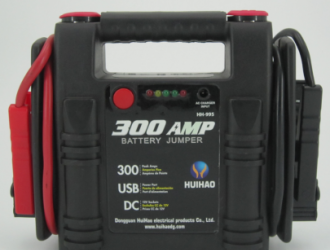Currently, Morocco has nearly 40 pharmaceutical factories, 50 wholesalers and more than 11,000 pharmacies. Participants in its drug sales channels include pharmaceutical factories, wholesalers, pharmacies, hospitals and clinics. Among them, 20% of the drugs are directly sold through direct sales channels, that is, pharmaceutical factories and pharmacies, hospitals and clinics directly complete transactions. In addition, 80% of drugs are sold through the medium of 50 wholesalers.
In 2013, the Moroccan pharmaceutical industry employed 10,000 directly and nearly 40,000 indirectly, with an output value of approximately AED 11 billion and a consumption of approximately 400 million bottles. Among them, 70% of consumption is produced by local pharmaceutical factories, and the remaining 30% is mainly imported from Europe, especially France.
1. Quality standards
The Moroccan pharmaceutical industry adopts an international standard quality system. The Pharmacy and Pharmaceutical Department of the Ministry of Health of Morocco is responsible for overseeing the pharmaceutical industry. Motorola mainly adopts the Good Manufacturing Practices (GMP) formulated by the World Health Organization, European Medicines Agency and US Food and Drug Administration. Therefore, the World Health Organization lists the Moroccan pharmaceutical industry as a European area.
In addition, even if drugs enter the local Moroccan market in the form of samples or donations, they still need to obtain a marketing authorization (AMM) from the government management department. This procedure is complicated and time-consuming.
2. Drug price system
The Moroccan drug pricing system was formed in the 1960s, and the Ministry of Health determines drug prices. The Moroccan Ministry of Health determines the price of such drugs produced by the pharmaceutical factory with reference to similar drugs in Morocco and other countries. At that time, the law stipulated that the distribution ratio of the final price of medicines (excluding VAT) was as follows: 60% for pharmaceutical factories, 10% for wholesalers, and 30% for pharmacies. In addition, the price of generic drugs produced for the first time is 30% lower than that of their patented drugs, and the prices of such generic drugs produced by other pharmaceutical companies will be successively reduced.
However, the lack of transparency in the pricing system has led to inflated drug prices in Morocco. After 2010, the government gradually reformed the drug pricing system to increase transparency and lower drug prices. Since 2011, the government has reduced drug prices on a large scale four times, involving more than 2,000 drugs. Among them, the price cut in June 2014 involved 1,578 drugs. The price cut resulted in the first drop in the sales of medicines sold through pharmacies in 15 years, by 2.7% to AED 8.7 billion.
3. Regulations on investment and establishment of factories
The Moroccan "Medicines and Medicine Law" (Law No. 17-04) stipulates that the establishment of pharmaceutical companies in Morocco requires the approval of the Ministry of Health and the National Council of Pharmacists, and the approval of the government secretariat.
The Moroccan government has no special preferential policies for foreign investors to establish pharmaceutical factories in Morocco, but they can enjoy universal preferential policies. The "Investment Law" (Law No. 18-95) promulgated in 1995 stipulates various preferential tax policies for encouraging and promoting investment. According to the provisions of the Investment Promotion Fund established by the law, for investment projects with an investment of more than 200 million dirhams and creating 250 jobs, the state will provide subsidies and preferential policies for the purchase of land, construction of infrastructure, and personnel training. Up to 20%, 5% and 20%. In December 2014, the Moroccan Government’s Inter-Ministerial Investment Committee announced that it would lower the preferential threshold from 200 million dirhams to 100 million dirhams.
According to the analysis of the China-Africa Trade Research Center, although 30% of the Moroccan pharmaceutical market needs to rely on imports, the pharmaceutical industry quality standards listed by the World Health Organization as the European region are mainly occupied by Europe. Chinese companies that want to open up the Moroccan medicine and medical equipment market need to control many aspects such as the publicity system and quality system.








